What is pCloud Rewind? Prevent File Loss From Ransomware
6 min. read
Updated on
Read our disclosure page to find out how can you help VPNCentral sustain the editorial team Read more
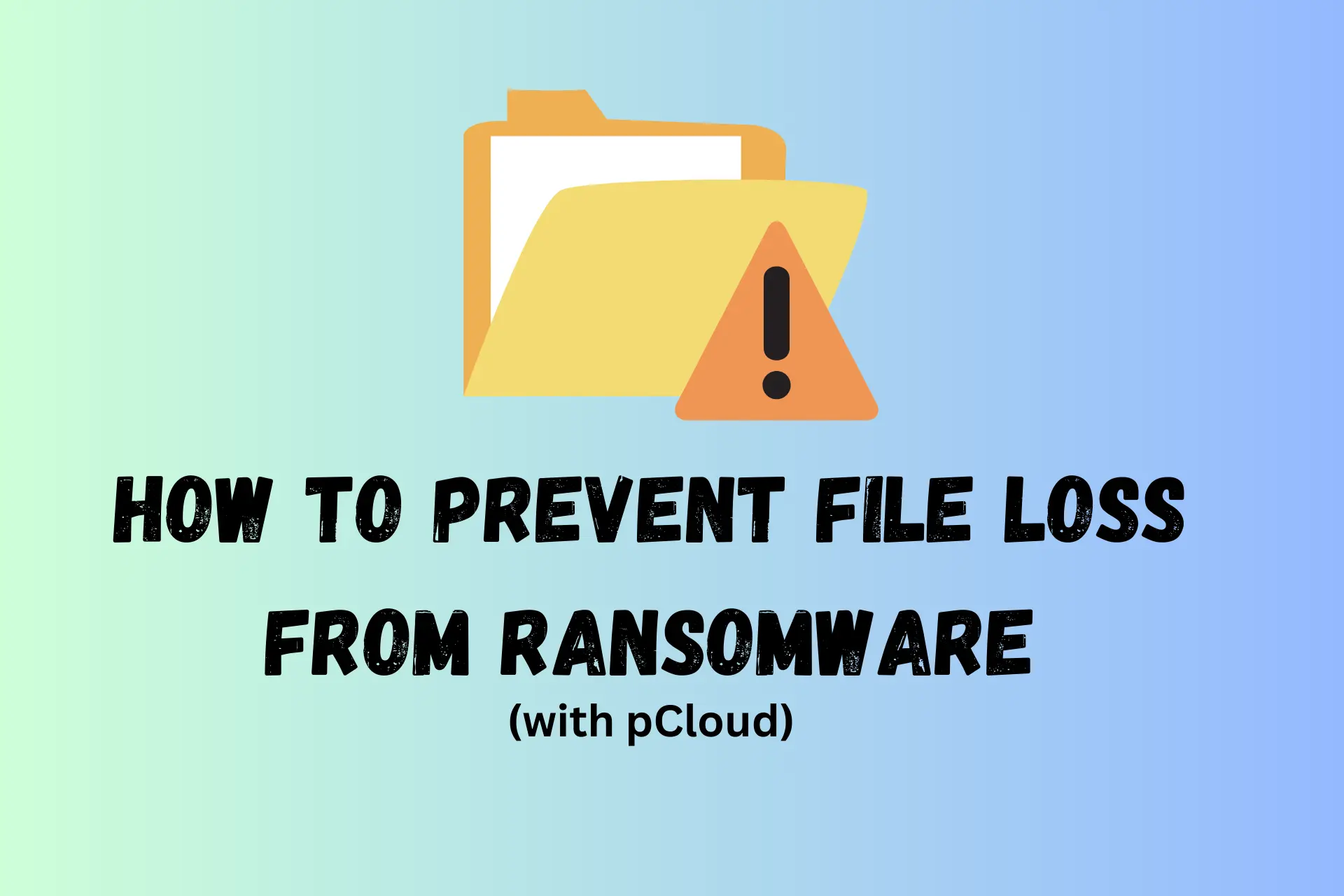
pCloud offers a practical solution to protect yourself from cyber attacks like ransomware. pCloud Rewind prevents file loss and allows you to restore data from 180 days in the past.
In this article, we go through some statistics on cybercrime and explain how pCloud Rewind can be the solution to the problem.
Continue reading to get all the details.
Cybercrime is increasing
PandaSecurity reported capturing 18 million new malware samples in Q3, alone.
If we do the math right, this means that an average of 200,000 pieces of malicious content were on the loose PER DAY.
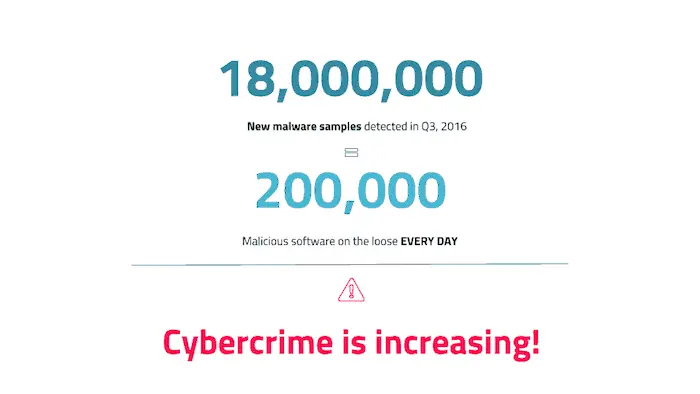
And what’s more alarming is the fact that these are samples caught by a single security company.
Another popular antivirus system Kaspersky Lab found a rising trend in cyber incidents, involving ransomware.
According to the global cybersecurity company, in the period between April and March 2,315,931 users around the world encountered ransomware, marking a rise of 17,7% compared to last year.
In addition, since the beginning of this year, more than 4,000 ransomware attacks have occurred every day which is a 300% increase over last year, by the words of the FBI.
Attacks are not aimed only at individuals.
Even more alarming is the fact that between January and September, such attacks on businesses increased from one every 2 minutes to one every 40 seconds.
And the most alarming fact – one in every three Ransomware victims doesn’t get their data back even after paying.
Cybercrime is not slowing anytime soon.
That’s why, in order to prevent losing your data in a Ransomware infection, understanding cybercrime patterns is important.
In this article, I talk about how you can stay one step ahead of cyberattacks and protect yourself against Ransomware.
Before we start though, let’s take a brief look at what exactly Ransomware is.
What is ransomware
Ransomware is malware that upon infection, blocks access to some or all the information stored on your device.
In order to retrieve your data, you are required to pay a ransom usually in Bitcoin on another e-currency.
Although it has been gaining media attention only in recent times, this malicious model goes way back to the 1990s with the first-known malware capable of encrypting file names.
Since then, however, Ransomware has evolved, now including encryption with a private key stored on the cybercriminals’ servers.
As a result, even if the user removes the malware it would still keep the files inaccessible leaving them with the only option to pay the due.
Speaking of ransoms, the average ransom demand skyrocketed in 2016 to $1,077, in comparison to $294 the year before.
Ransomware epidemic – How does it spread?
The main sources of ransomware infection are email links and attachments, followed by web applications and social media as quoted by Osterman Research.
In fact, another report conducted by PhishMe states that 97.25% of phishing emails contained some form of ransomware, compared to 92% at the beginning of the year.
Unfortunately, 30% of such phishing emails get opened.
How can you protect yourself against ransomware?
As such forms of malicious content evolve by the minute, it is important to take measures before you encounter a ransomware breach.
Once on your device, ransomware will affect the files that are in drives like connected external HDDs, USB thumb drives, and folders on your network or in the cloud.
This means that, for example, if your Dropbox is mapped locally, your Dropbox files will also fall victim to malicious software.
Fortunately, there are powerful ways you can protect your files against crypto attacks like Ransomware.
What is pCloud Rewind?
Cloud storage company pCloud recently released a new feature called pCloud Rewind.
It allows the user to restore their pCloud account to a state up to 180 days in the past.
This means that you can easily restore your files in pCloud to what they were one hour ago, without paying any ransom to your cyber attackers.
This great feature makes pCloud the perfect place where to back up or even your entire digital album.
The cloud storage company offers a unique desktop app called pCloud Drive.
Unlike other similar services, which download your content on your laptop and only sync changes, pCloud Drive doesn’t take any space from the local HDD.
On the contrary, it uses only the space you have from your cloud storage account, basically giving your laptop up to 2 TB of extra space.
You can edit large files like raw photos, videos, and others directly in the cloud with pCloud Drive and it won’t take up any local space from your Mac or PC.
Another perk the app has is that it can also sync your local folders with pCloud so that you can recover them from your phone and your tablet.
pCloud Rewind – How it works
Syncing your files with pCloud Drive can become a powerful way to recover all your files once they have been infected by Ransomware.
You’ll just have to:
- 1) Open your pCloud account from web at my.pCloud

- Find the section Rewind from the left menu.
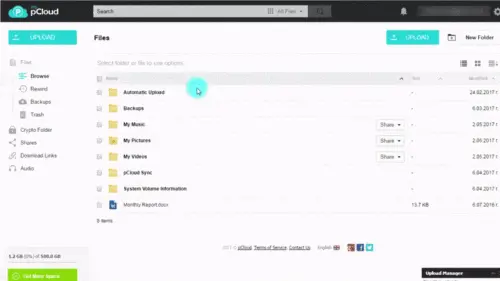
- Choose a time and date you want to go back to and hit Rewind.
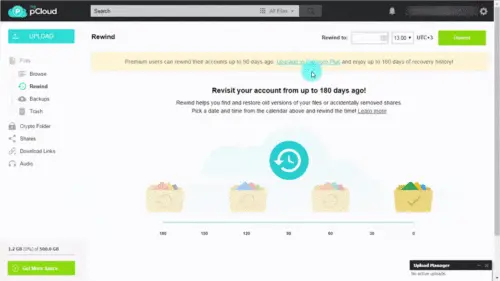
The whole process takes no more than a minute to complete. After you hit Rewind, pCloud will show you a snapshot of the entire account at the time you had chosen.
This may be an hour ago, 30 days or even 180 days in the past.
From then on you will be able to choose between downloading the files or saving them in a folder in your pCloud account.
If you decide to restore the files, pCloud will save them in a special folder – Rewind – in the main directory of your pCloud account. You won’t have to pay any ransom and won’t lose any files.
This success has led to the creation of a ransomware-as-a-service model, where any would-be criminal can take advantage of the malware for profit.
Although infections don’t follow a particular pattern, more and more businesses are becoming victims of bad software.
That’s why, being aware of how Ransomware works and what countermeasures to take can prevent a potential infection and more importantly – data loss.

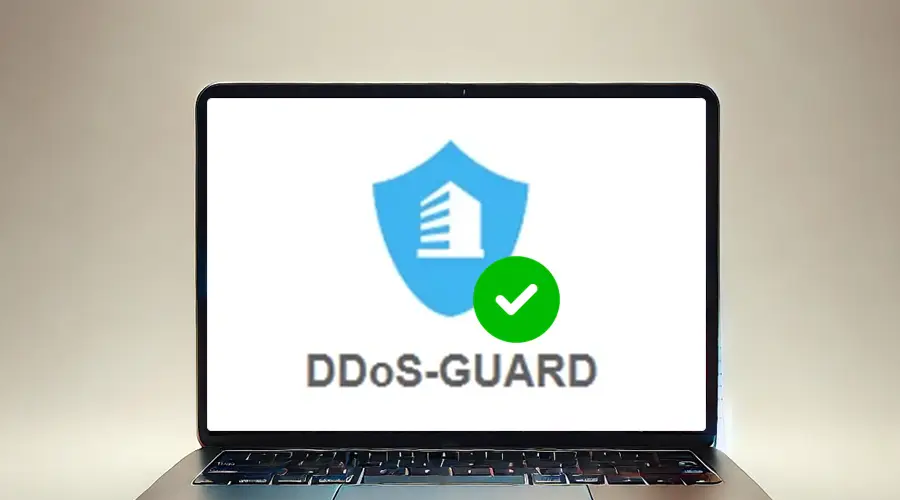


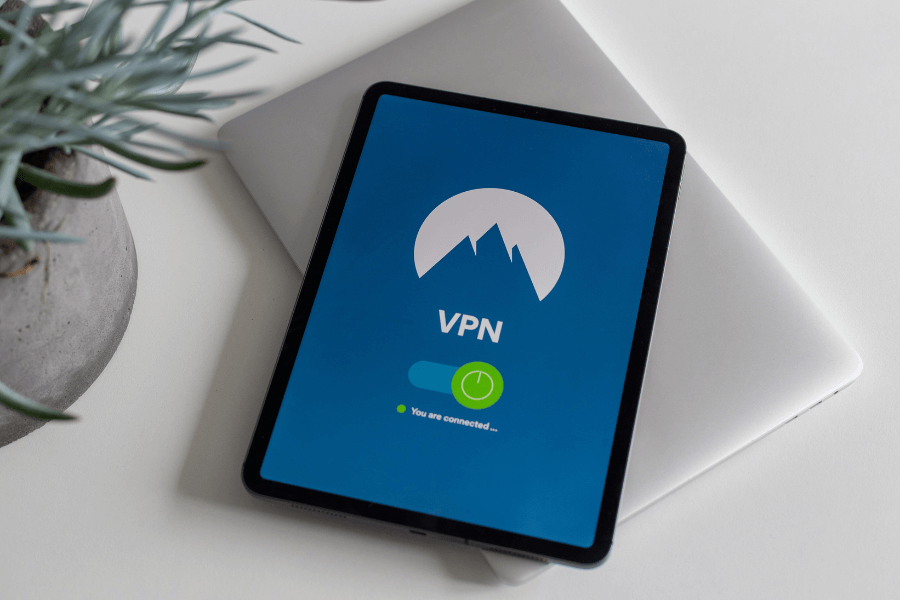




User forum
0 messages